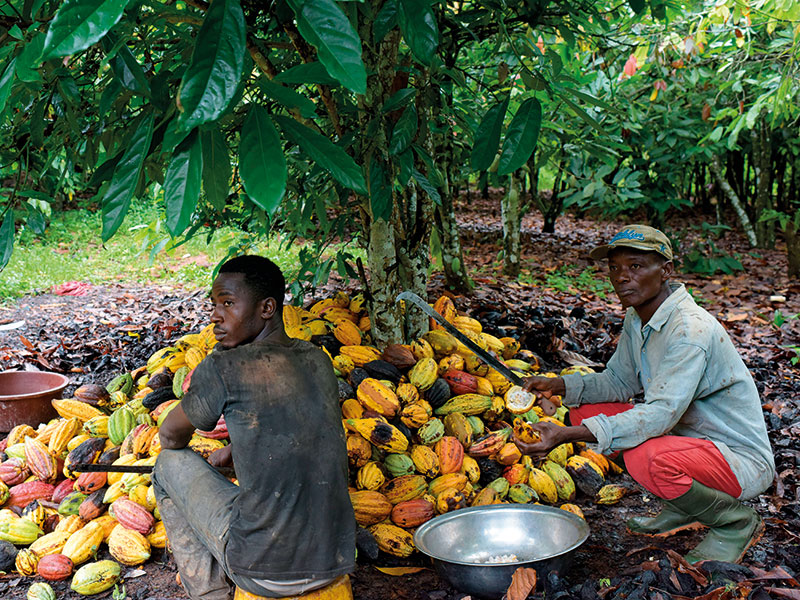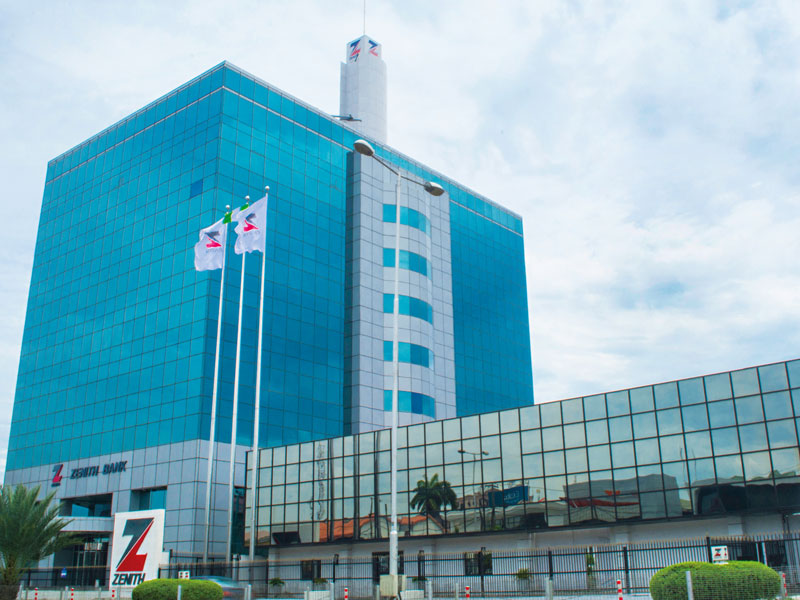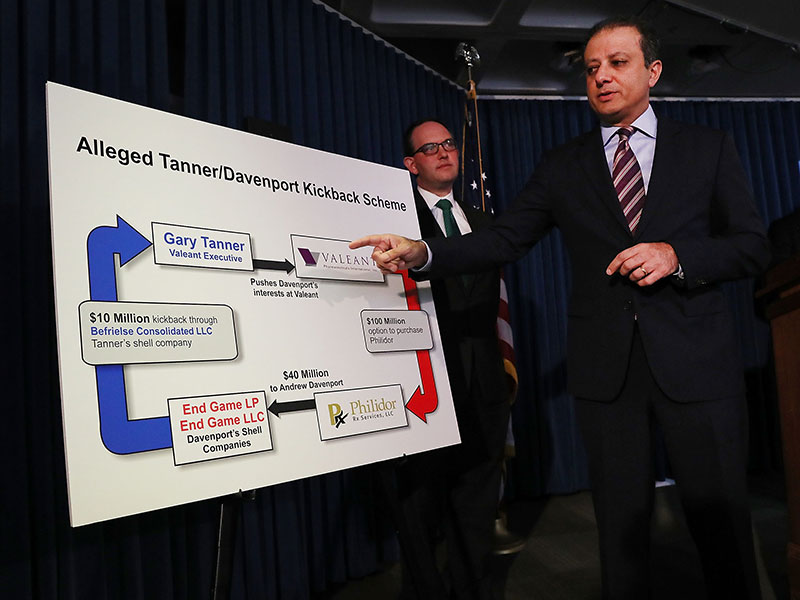Sweet nothings: what West Africa’s COPEC plan means for cocoa farmers

The Aztecs were one of the first civilisations to cultivate cocoa, drinking it as a thick, bitter liquid. They believed the beans had medicinal properties and were a gift from Quetzalcoatl, the god of wisdom. Although it’s lost much of its spiritual significance since then, cocoa remains a coveted foodstuff. Unfortunately, the indulgent image the commodity evokes in modern consumers is a far cry from the bleak reality of West Africa’s cocoa farms.
The global cocoa supply chain is one of vast inequality. Roughly two thirds of the world’s cocoa comes from just two countries (
see Fig 1
) – Ghana and Côte d’Ivoire – but cocoa-producing nations have traditionally
To bring cocoa farmers out of poverty and give them a more equitable share of the profits, Ghana and Côte d’Ivoire announced in June 2019 that they would be hiking up the price of their cocoa. “We will not continue to be victims or pawns of the global cocoa industry that is dependent on the work of our farmers,” Ghanaian President Nana Akufo-Addo
From October 2020 onwards, every tonne of cocoa from Ghana and Côte d’Ivoire will come with a $400 living-income premium. Whether farmers will benefit from the move remains to be seen.
A bitter taste
Publicly, chocolate brands have backed the move. Barry Callebaut and Nestlé confirmed they would pay the premium, with the latter commending the decision in a
“To put it into perspective, [from] where the market was at the time that [the premium] was announced, that’s something like a 20 percent rise,” Parkman said. “The total extra cost for the cocoa supply chain is about $2bn. Those are costs that the industry will have to meet. Now, that will, I imagine, eventually find its way down to the consumer.”
As Parkman explained to
World Finance
, the $400 premium makes Ghanaian and Ivorian cocoa a riskier investment. Chocolate manufacturers, processors and traders use the cocoa futures market to hedge their bets, but these companies can’t hedge the new premium and, consequently, can’t mitigate its risk.
The long maturation period of the cocoa bean means that families can experience long stretches with little to no income
“Previously, if you’d been transacting with Côte d’Ivoire or Ghana, the premium above the futures price that you’ve been asked to pay would be relatively small, and consequently manageable,” Parkman explained. “This is escalating that risk dramatically.” As a result, Ghana and Côte d’Ivoire’s premium could call into question how effective the use of the futures market is in mitigating risk within the industry.
Chocolate’s dark side
At the same time, the long maturation period of the cocoa bean means that families can experience long stretches with little to no income. Unable to afford to pay adult workers, many farmers resort to using child labour. The Bureau of International Labour Affairs, an operating unit of the US Department of Labour,

International chocolate companies have little choice but to accept the premium. “Because of the size of these two countries and the scale of their production, it is pretty much impossible for people to avoid,” Jonathan Parkman, Joint Head of Agriculture at Marex Financial, explained to
World Finance
. “You can’t substitute two thirds of the world’s cocoa for something else. Certainly not in the short term.”
To understand whether or not the premium could meaningfully improve farmers’ profits, it’s important to first understand why poverty is so endemic to the West African cocoa industry. According to the









